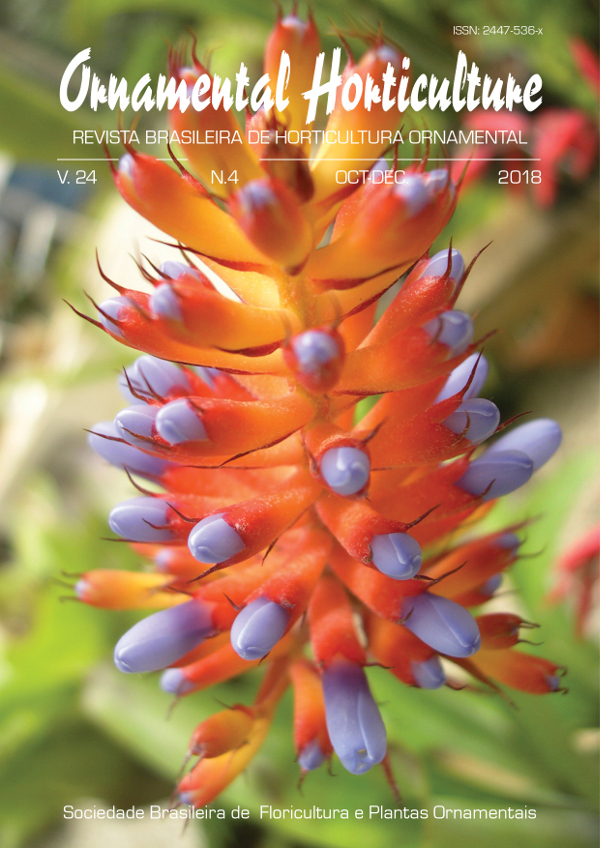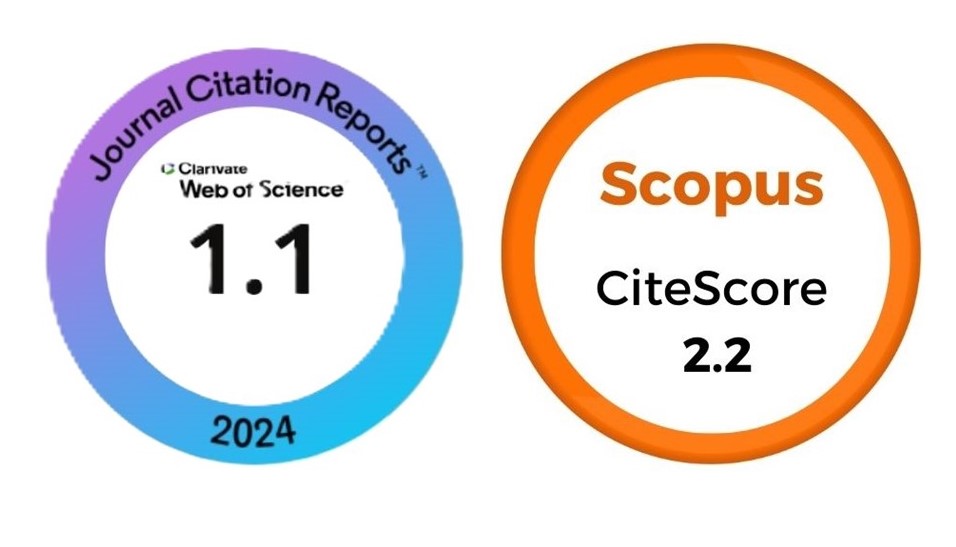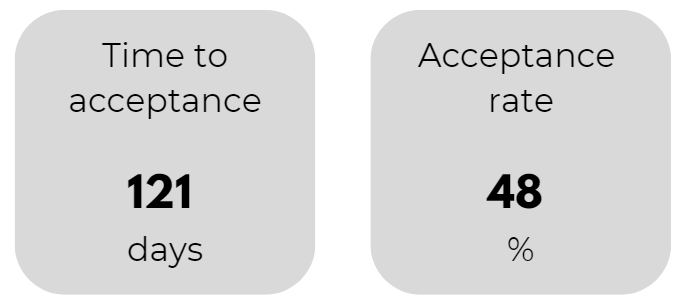Accelerated aging of Celosia argentea and Celosia cristata seeds
DOI:
https://doi.org/10.14295/oh.v24i4.1231Keywords:
Floriculture, ornamental seeds, vigor.Abstract
Celosia argentea L. and Celosia cristata L. are plants that are differentiated by the intensity and color of their flowering, and can be used as garden or cut-flower, with characteristic propagation by seeds produced in large quantities. The present study aimed to evaluate the physiological and sanitary quality of Celosia argentea and Celosia cristata seeds subjected to the accelerated aging test. The experiment was carried out in October 2016, using a completely randomized design, in a 2 × 6 factorial scheme (two temperatures: 41 and 45 oC and six periods of heat exposure: 0 (control), 24, 48, 72, 96 and 120 h), with four replicates of 50 seeds, for the two species of cockscomb (C. argentea and C. cristata). The seed lots of the two species of celosia are from the crops in the year 2012 and were stored in a cold chamber (15 oC and 40% RH), with an average moisture content of 11% and a mean germination of 98%. After the accelerated aging test, the physiological and sanitary qualities of the seeds of the two species of celosia were evaluated. We conclude that the accelerated aging proved to be effective for the evaluation of vigor, germination and emergence in the species field, when submitted to temperatures of 41 and 45 oC up to 120 h.Downloads
Download data is not yet available.








